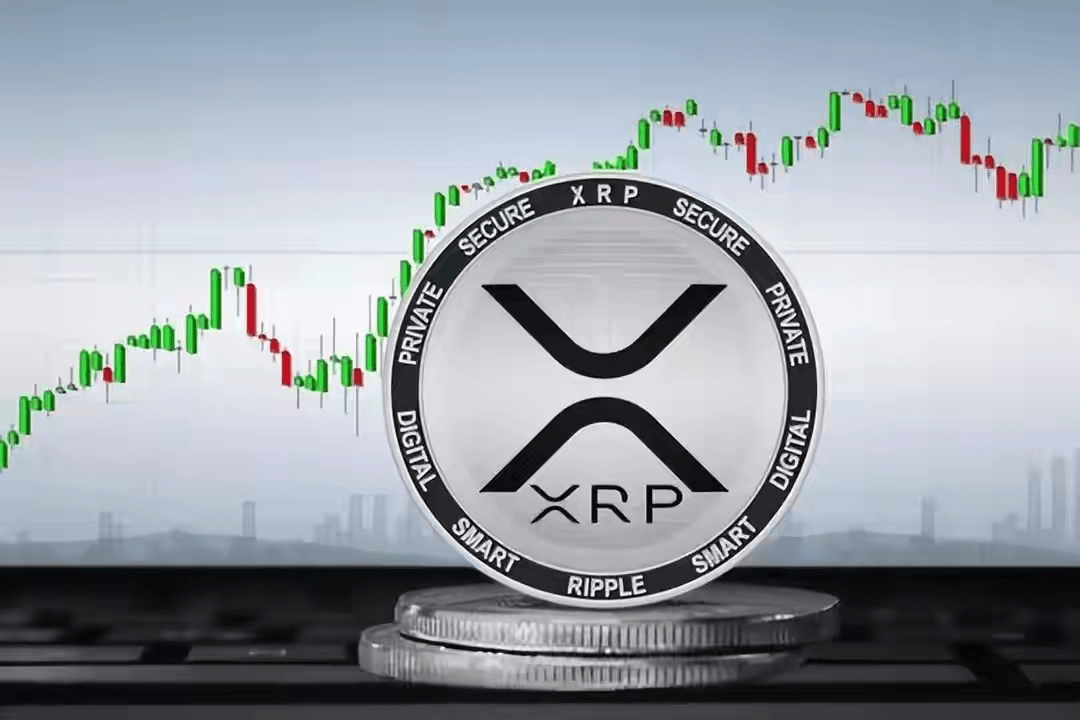In the fierce competition landscape of cryptocurrency ETFs, every move made by BlackRock, the global asset management giant, attracts significant attention. While many asset management companies are diving into the bidding frenzy for XRP ETFs, BlackRock has chosen to hold back. What considerations lie behind this choice? This decision not only relates to BlackRock's own investment layout but also reflects the complex status of the cryptocurrency market in terms of regulation, market maturity, and other aspects.
1. Regulatory Uncertainty: SEC's Attitude is Ambiguous, Rules Await Clarification
The legal dispute between the U.S. Securities and Exchange Commission (SEC) and Ripple casts a fog over the regulatory status of XRP. Although a U.S. court ruled that XRP is not a security when traded on exchanges, the SEC has not fully accepted this ruling. The SEC still has not provided a clear definition of whether crypto assets are classified as securities or commodities. BlackRock, known for its prudence, will not easily submit an XRP ETF application until regulatory rules are clarified. After all, the SEC's approval decisions have been repeatedly delayed, with some ETF applications expected to receive decisions only in June or even October 2025. Only when regulators clearly distinguish between securities and commodities within cryptocurrencies will BlackRock likely venture into the XRP ETF space. As one X user (formerly Twitter user) pointed out, perhaps true clarity in regulation will only arrive after significant legislation, such as the stablecoin bill, is passed.
2. Underdeveloped Derivatives Market: XRP Futures Trading Volume Needs Improvement
For large financial institutions, a mature futures market is a key tool for risk management. Bitcoin and Ethereum already have a large, mature futures market, but the XRP futures market is just getting started. On May 19, 2025, XRP launched futures trading on the CME, with a first-day trading volume of $19 million. While this is a good start, it falls far short of the requirements of institutions like BlackRock. Institutional investors hope to see the XRP futures market sustain a stable and growing trading volume to effectively manage risks during large-scale trading and avoid significant price fluctuations. Until the trading volume in the XRP futures market achieves long-term stable growth, BlackRock is unlikely to feel secure about its risk management for ETF products.
3. Insufficient Liquidity: Difficult to Support Large-Scale Fund Inflows and Outflows
While XRP has a certain market depth, for ETF products to operate smoothly, stable liquidity is required to easily handle inflows and outflows of billions in funds. Currently, XRP's liquidity has not reached such a mature level. For ETFs, sufficient liquidity means that investors can buy and sell fund shares at reasonable prices at any time. If the underlying asset lacks liquidity, ETF trading may experience premiums or discounts, harming investors' interests. When considering ETF products, liquidity is one of the core indicators for asset management institutions like BlackRock. Only when XRP's liquidity can meet the flexible inflow and outflow of large-scale funds will the likelihood of ETF approval significantly increase, and until then, BlackRock will not hastily apply for an XRP ETF.
4. Focusing on Core Business: Bitcoin and Ethereum ETFs Perform Well
Currently, BlackRock is focusing its main efforts on Bitcoin and Ethereum ETF businesses, and the results are remarkable. Its iShares Bitcoin Trust has surpassed $30 billion in asset management size, while the Ethereum ETF has exceeded $1 billion in just two months. Given the outstanding performance of these two businesses, BlackRock is more inclined to concentrate resources and strengthen its advantages in the Bitcoin and Ethereum ETF fields, rather than spreading its focus to the relatively new and immature XRP ETF space. After all, in the fiercely competitive asset management market, concentrating resources on products that have been validated by the market and perform well is an effective strategy for maximizing returns while controlling risks.
5. Strategic Timing Not Yet Right: Waiting for SEC Approval Trends and Market Maturity
Regarding the XRP ETF application, BlackRock may be waiting for the optimal timing. Currently, many institutions have submitted XRP ETF applications, allowing BlackRock to observe the SEC's handling of these applications and the market's feedback on the submitted applications. Additionally, factors such as market demand and liquidity also need to mature further. With an asset management scale of up to $11.6 trillion, BlackRock has the patience to wait for a market landscape that is more favorable to its interests. Its decision is not a blind follow-the-crowd approach but is based on a comprehensive judgment of market trends and regulatory directions, ensuring that when entering the XRP ETF space, it can occupy a favorable position and achieve stable investment returns.
BlackRock's hesitant application for the U.S. spot XRP ETF is a cautious decision that takes multiple factors into account. It reflects both the regulatory and market maturity challenges faced by the cryptocurrency market during its development and highlights the rational investment logic of large asset management institutions in a complex environment.